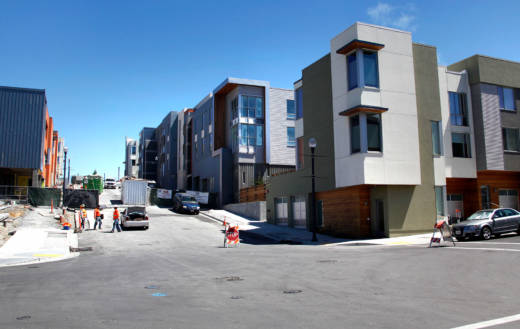San Francisco voters face two big, but separate measures that could provide $600 million for affordable housing, and help build housing for teachers and other educators that work for San Francisco schools.
To help you prepare, here are the basics for those measures, Proposition A and Proposition E.
Proposition A
Proposition A is a $600 million bond that would pay for the acquisition, rehabilitation and production of approximately 2,800 affordable housing units over the next five years. The money would be committed in these ways:
- $220 million to buy, rehabilitate and build low-income housing
- $150 million for repairing and rebuilding public housing
- $150 million to buy and build senior housing
- $60 million to buy, rehabilitate and preserve middle-income housing
- $20 million to support educator housing
This bond is nearly double the size of the 2015 low-and-middle income housing bond measure backed by then-Mayor Ed Lee. Voters green-lit that $310 million bond, which has created about 1,500 units, according to Malcom Yeung, campaign committee co-chair for this year’s Proposition A.
Before that, San Francisco hadn’t passed an affordable housing bond since 1996, when former mayor Willie Brown pushed for a $100 million measure. Out of that money, $15 million was earmarked for down payment assistance loans for first-time home buyers; the rest was for the renovation and construction of very-low-income housing.
“For years, the city never really considered affordable housing to be infrastructure and as a result never regularly programmed it into the capital planning cycle,” Yeung said. “Hopefully by having a housing bond every five years or so, we are going to be regularly addressing the affordability needs, as opposed to waiting 20 years.”
Proposition A has support from Mayor London Breed and the Board of Supervisors as well as some state politicians. Salesforce and the Facebook-affiliated Chan Zuckerberg Initiative have helped financed the bond campaign. There’s no major opposition.
Proposition A needs two-thirds to pass.

